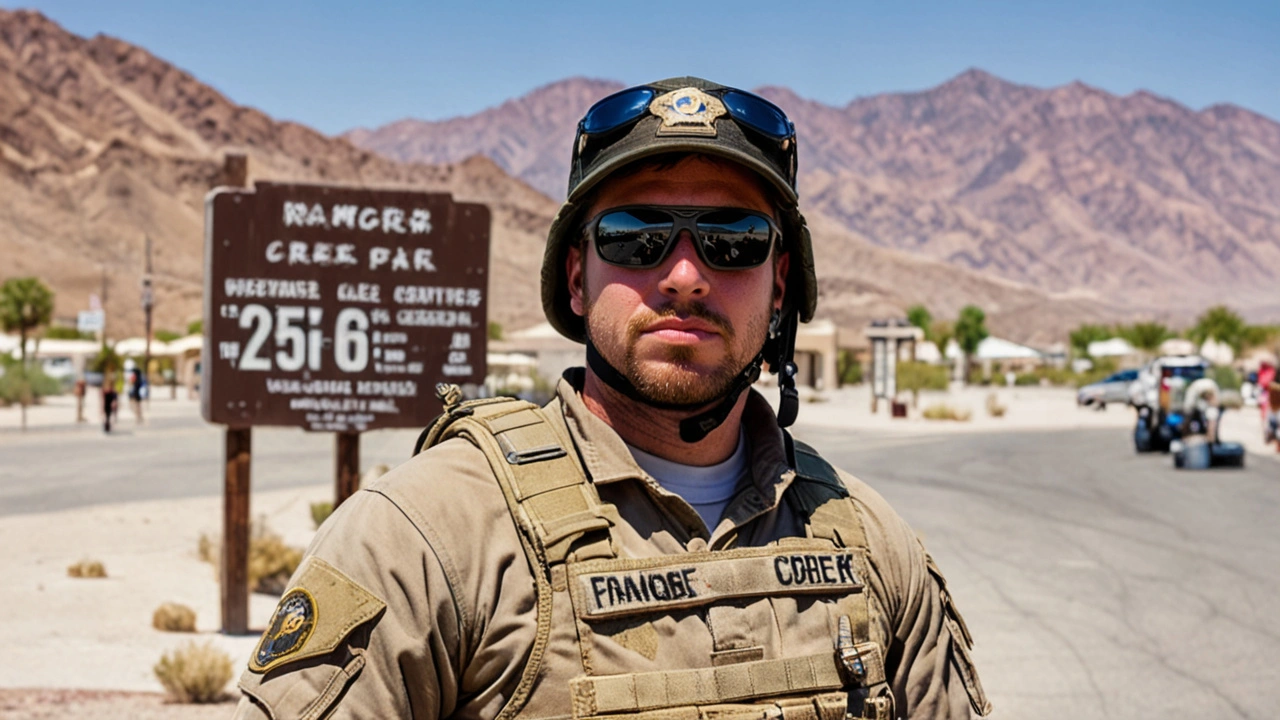Death Valley: what to see, when to go and how to stay safe
Death Valley is famous for extremes. It’s one of the hottest and driest places on Earth, and that makes it beautiful—and risky. If you’re thinking of going, you want clear routes, simple safety steps, and a few must-see spots. This guide gives you the practical stuff you need to plan a smooth trip.
Top sights you won’t want to miss
Badwater Basin: the salt flats at the lowest point in North America. The wide white pans make for dramatic photos, especially at sunrise or sunset.
Zabriskie Point: short walk, huge views. Great for sunrise shots and understanding the park’s weird, layered geology.
Mesquite Flat Sand Dunes: easy access and cool shapes. You can walk right from the parking area and scramble over the dunes for different perspectives.
Dante’s View: a quick drive up gives you a panoramic look over the valley. It’s cooler up top and perfect for getting your bearings.
Practical tips & safety — no drama, just facts
Pick the right season. Winter and spring are the best times. Summers can be dangerously hot—think 120°F (49°C) or worse—so avoid long hikes then.
Bring lots of water. At least a gallon (4 liters) per person per day for basic activity. If you plan long hikes or long drives on rough roads, take more. Don’t rely on finding water in the park.
Check your vehicle. Fuel stations are far apart. Carry a spare tire, basic tools, and extra coolant. If a road looks rough or unmarked, don’t risk it without a 4x4 and recovery gear.
Tell someone your plan. Cell service is intermittent. Leave an itinerary with a friend or at your hotel so someone knows where you’re headed and when you should be back.
Watch weather and road closures. Flash floods can happen in narrow canyons, and washouts can close roads quickly. Check the National Park Service website before you go.
Keep hikes short and timed. Start early—beat the heat—and avoid mid-day exertion. Choose short routes with clear turnaround points. Trail signs are sparse in some places, so bring a map and know how to use it.
Respect the park. Pack out trash, stay on marked trails, and don’t remove rocks or plants. Wildlife is adapted to harsh conditions; observe from a distance and don’t feed animals.
Where to sleep and refuel. There are campgrounds and a few lodges inside the park, plus towns nearby like Furnace Creek and Stovepipe Wells. Book ahead in busy months and refill fuel whenever you can.
Want a memorable, safe trip? Keep it simple: visit in cooler months, carry extra water, prepare your car, and plan short activities. Death Valley rewards careful planning with epic views and quiet desert moments you won’t forget.

Motorcyclist Succumbs to Extreme Heat in Death Valley as Temperatures Approach Record Highs
Keabetswe Monyake Jul 9 9A motorcyclist died in Death Valley due to soaring temperatures, nearing record highs. The victim was part of a group affected by the extreme heat near Badwater Basin, the lowest point in North America. The National Park Service warned about heat risks and provided safety tips as Death Valley experienced highs close to its historic record temperature of 134 degrees Fahrenheit.
More Detail